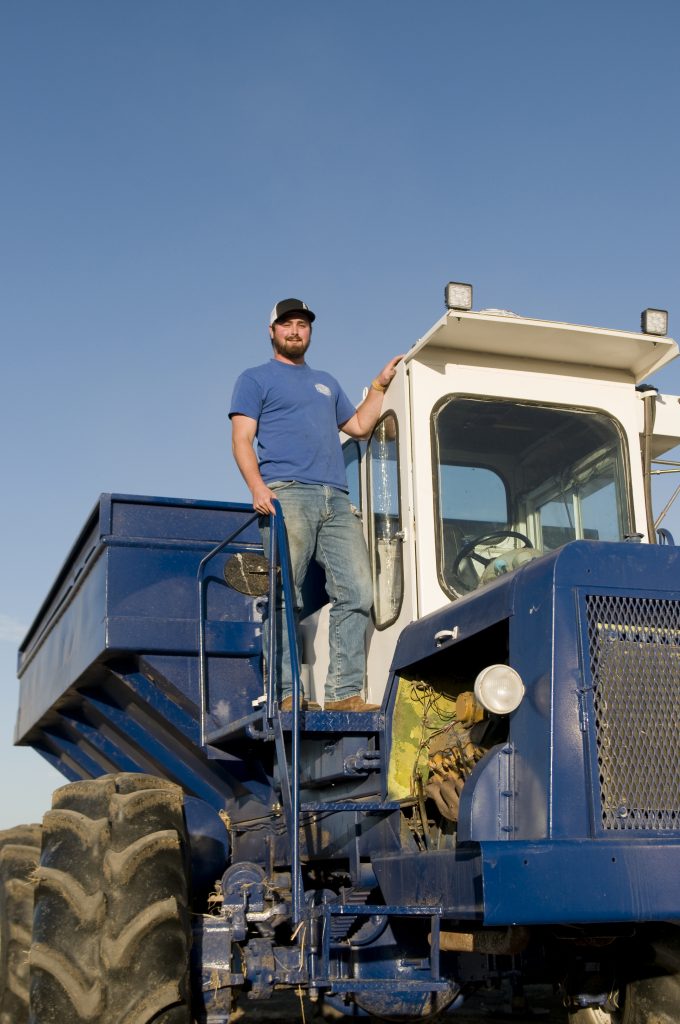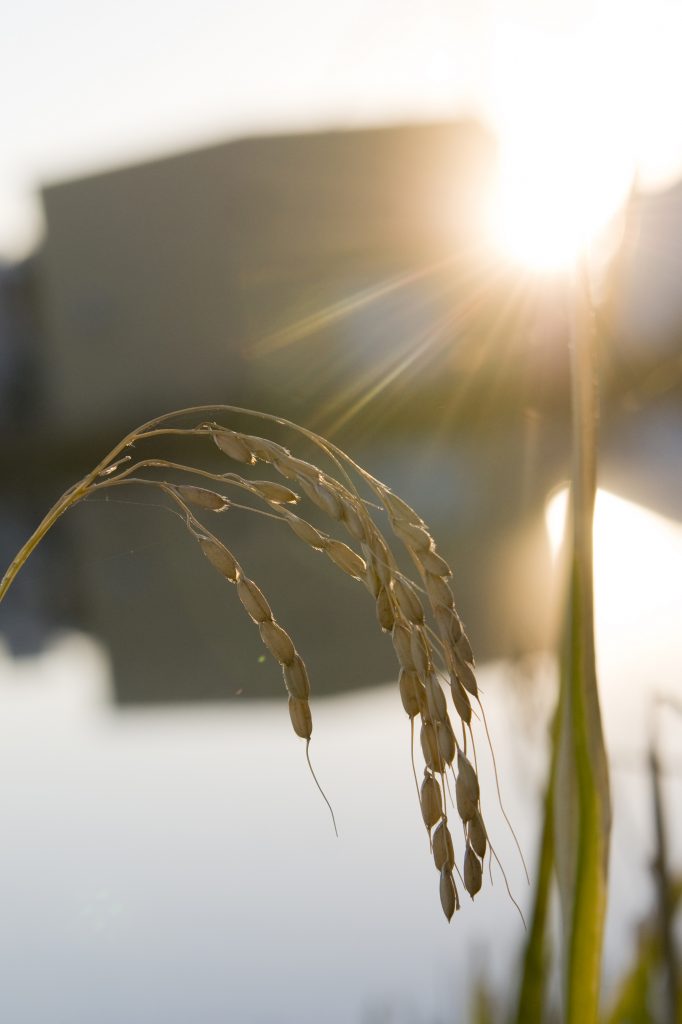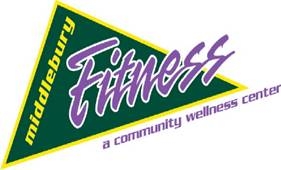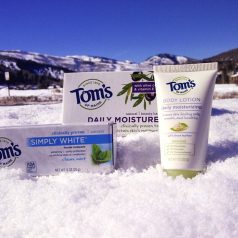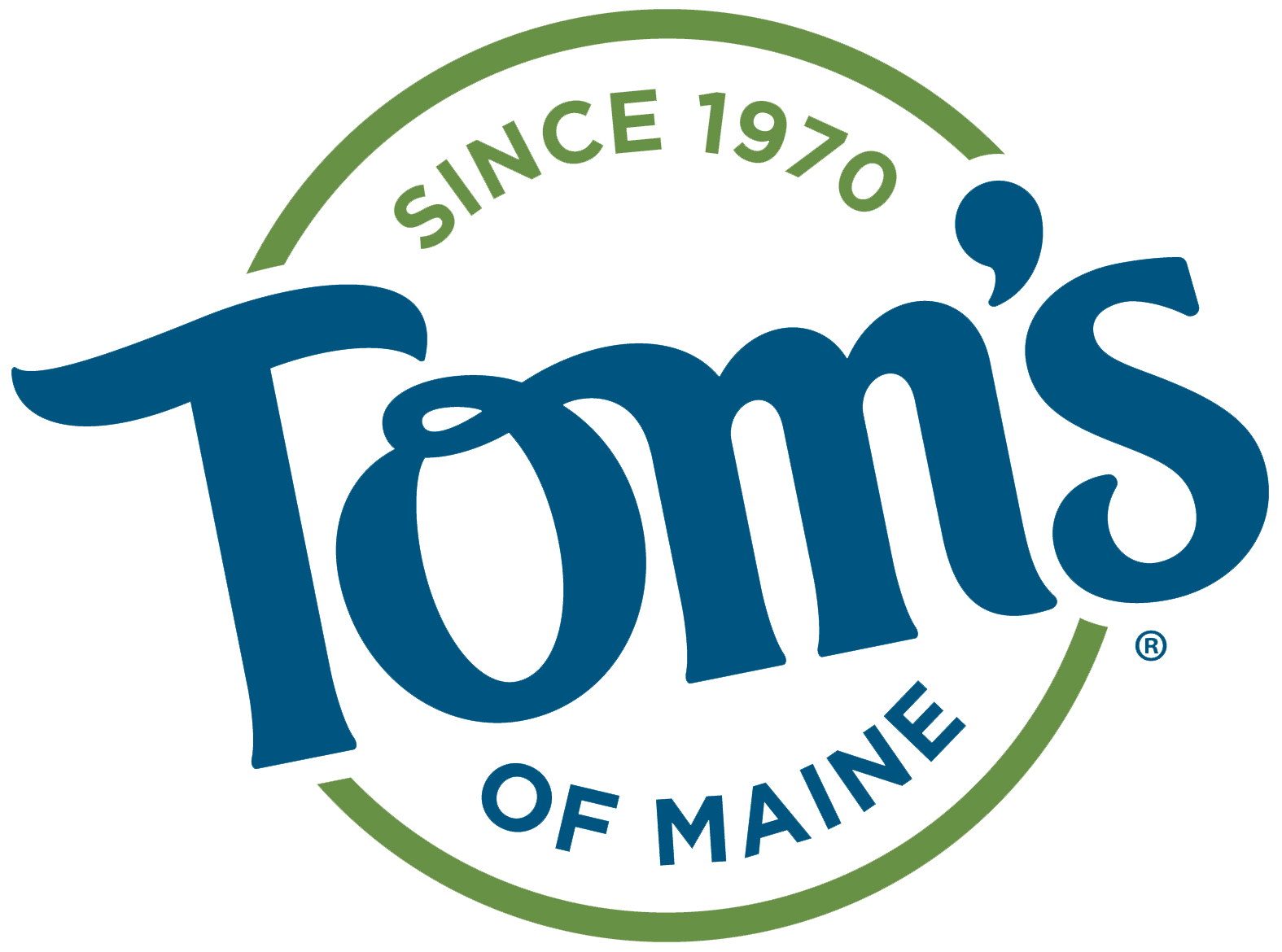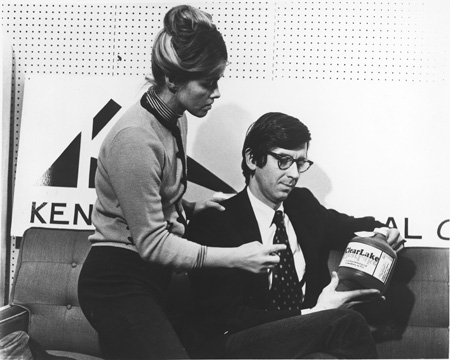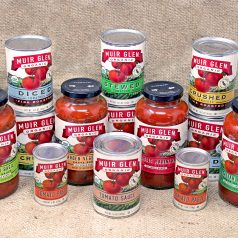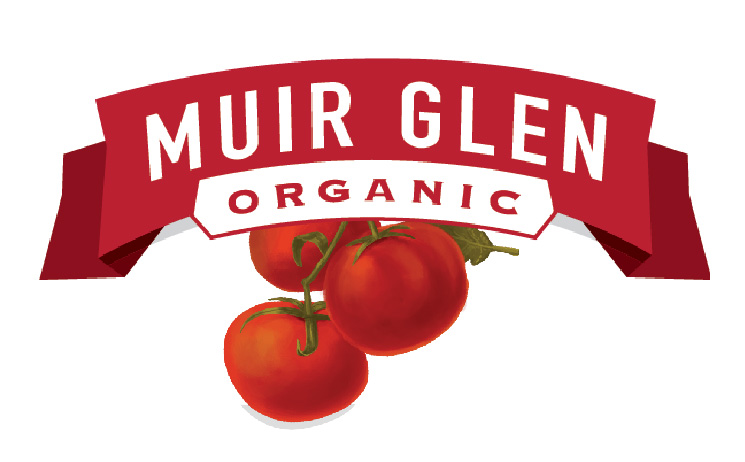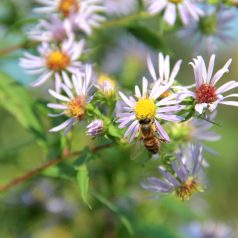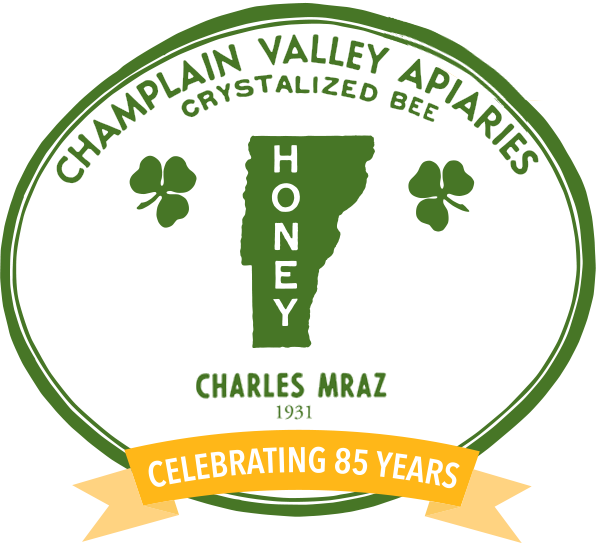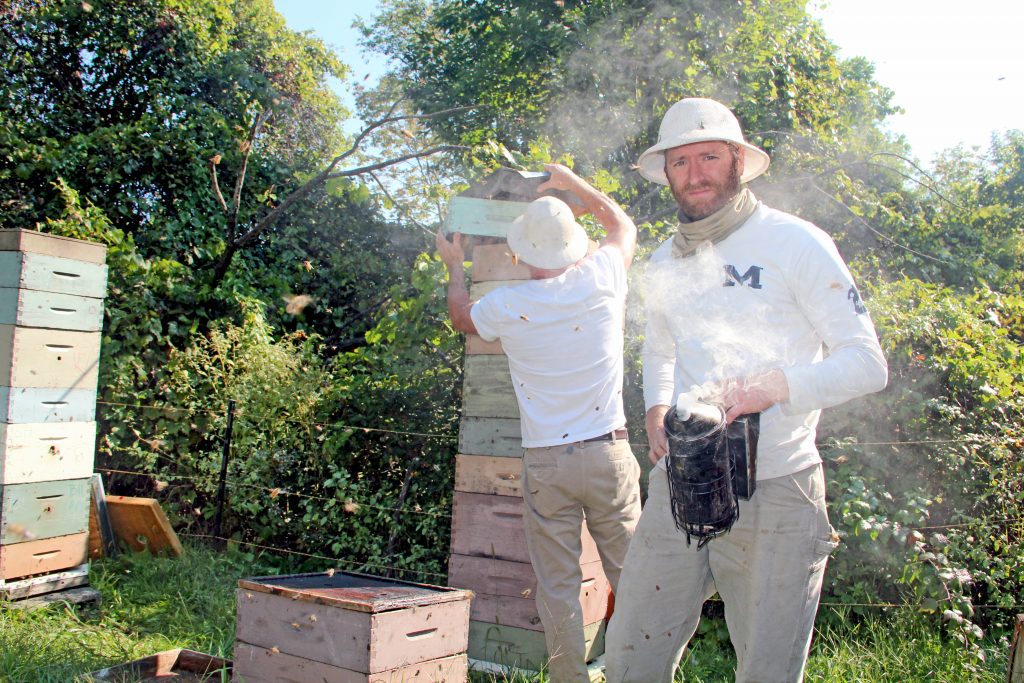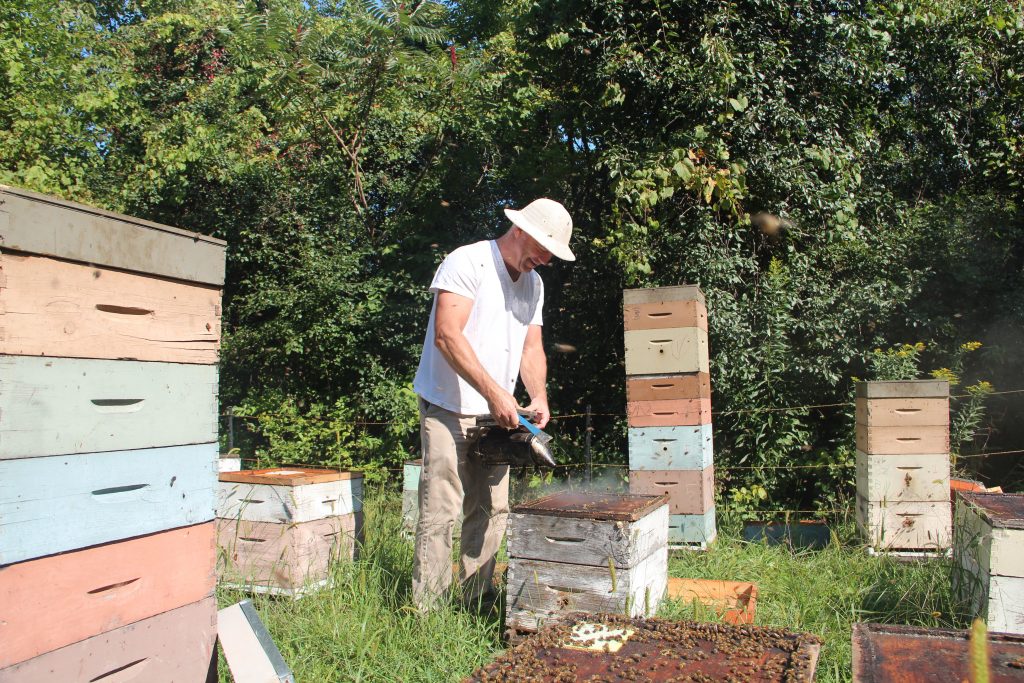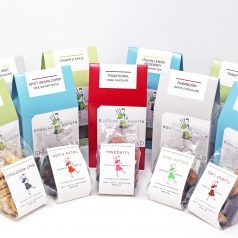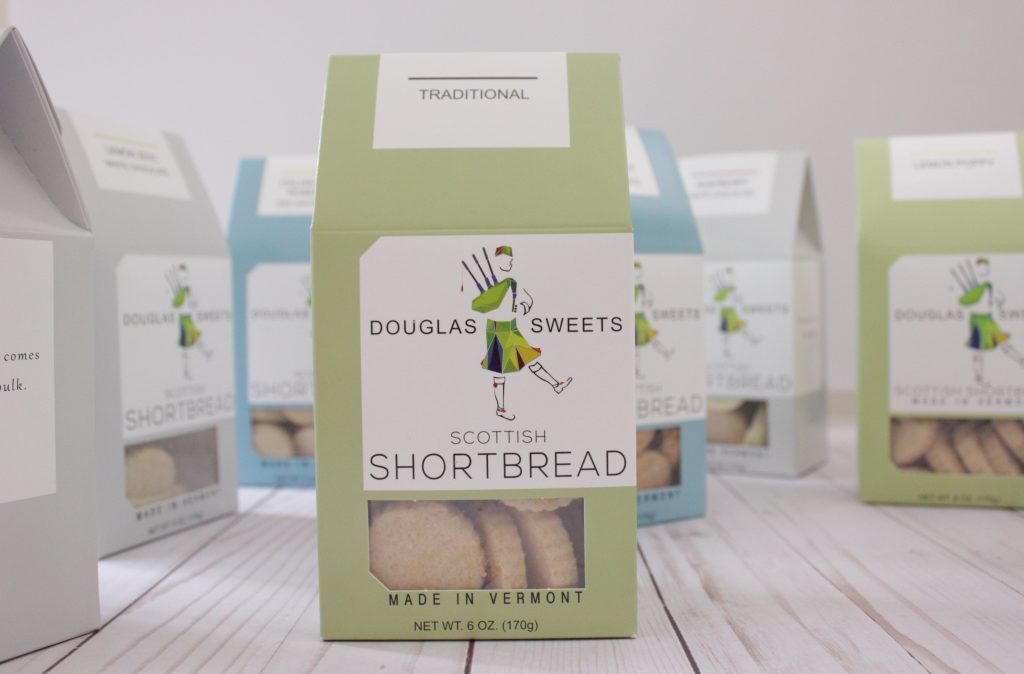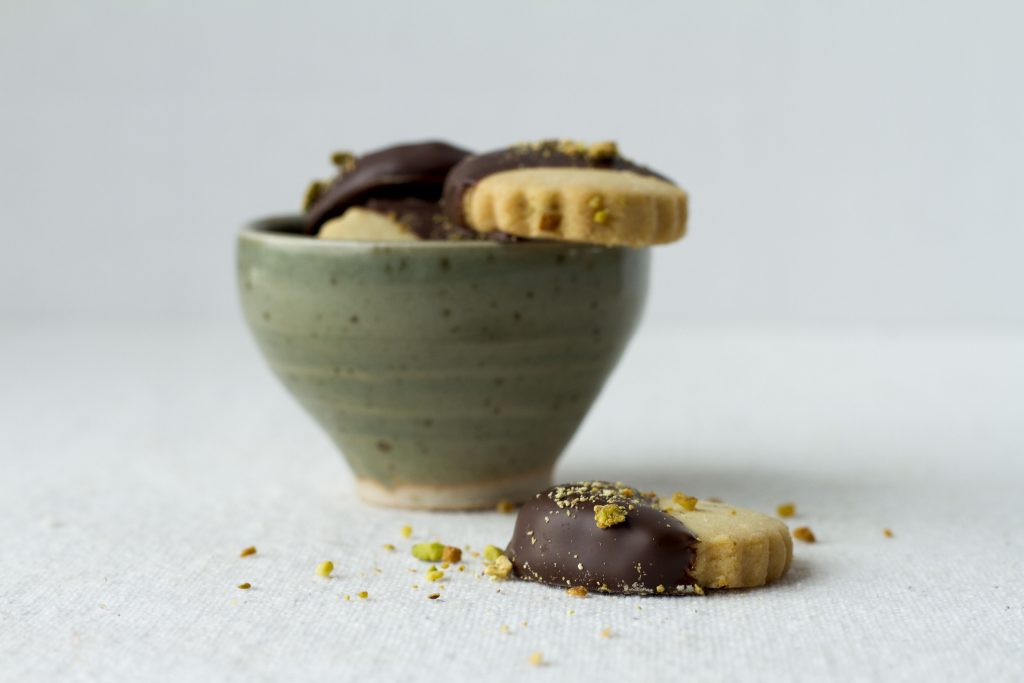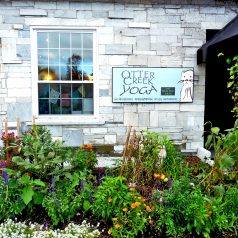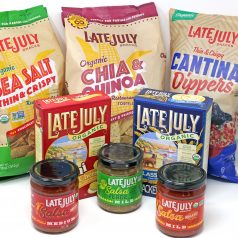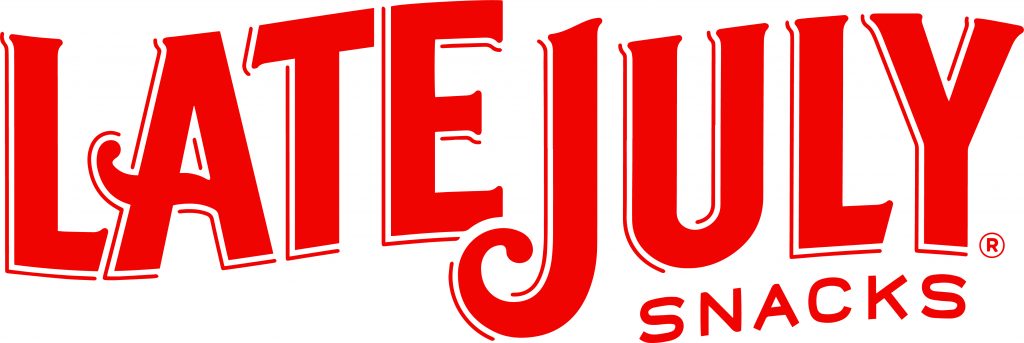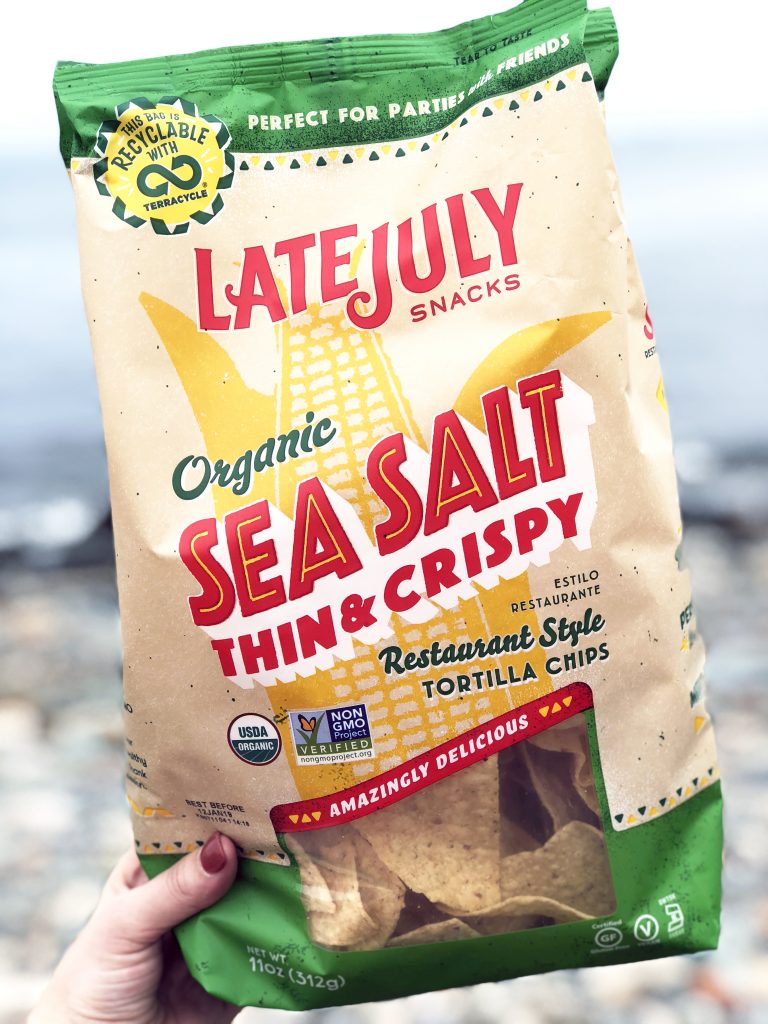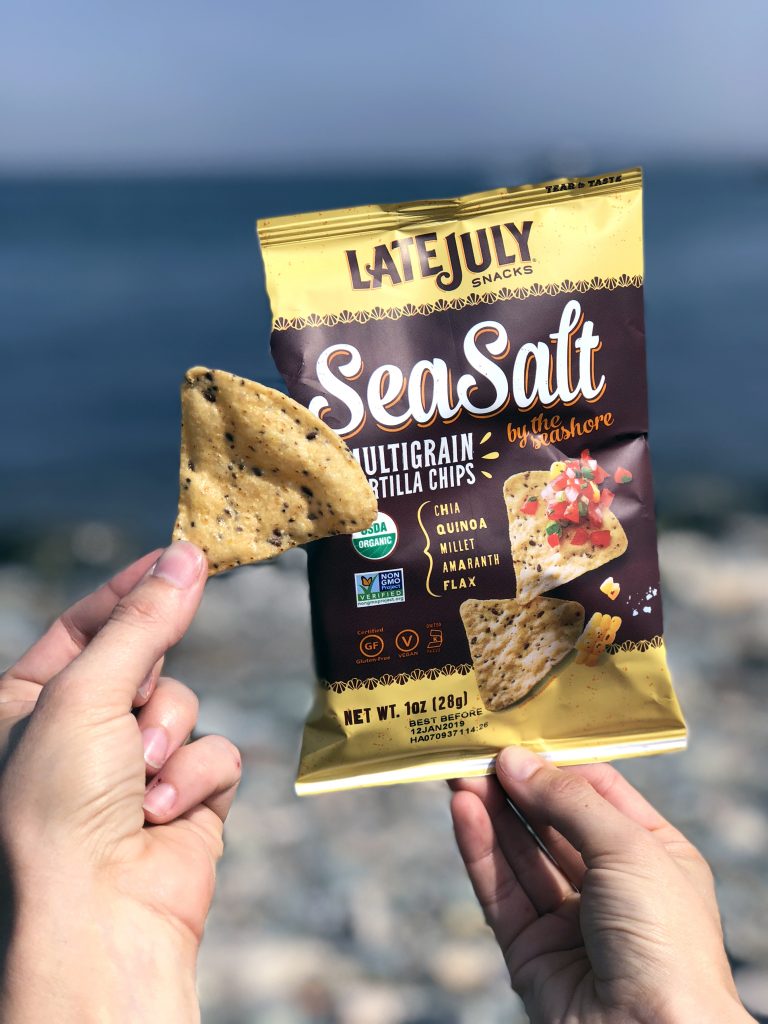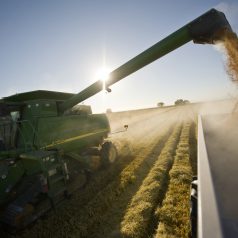
Spotlight on Lundberg Family Farms
This week, the Co-op Spotlight shines brightly on Lundberg Family Farms! Member-Owners can enjoy 20% off their entire line of rice, rice chips, rice cakes, and risottos from March 7th – 13th! Read on to learn more about this family-owned company and their commitment to socially and environmentally responsible practices for more than 80 years:
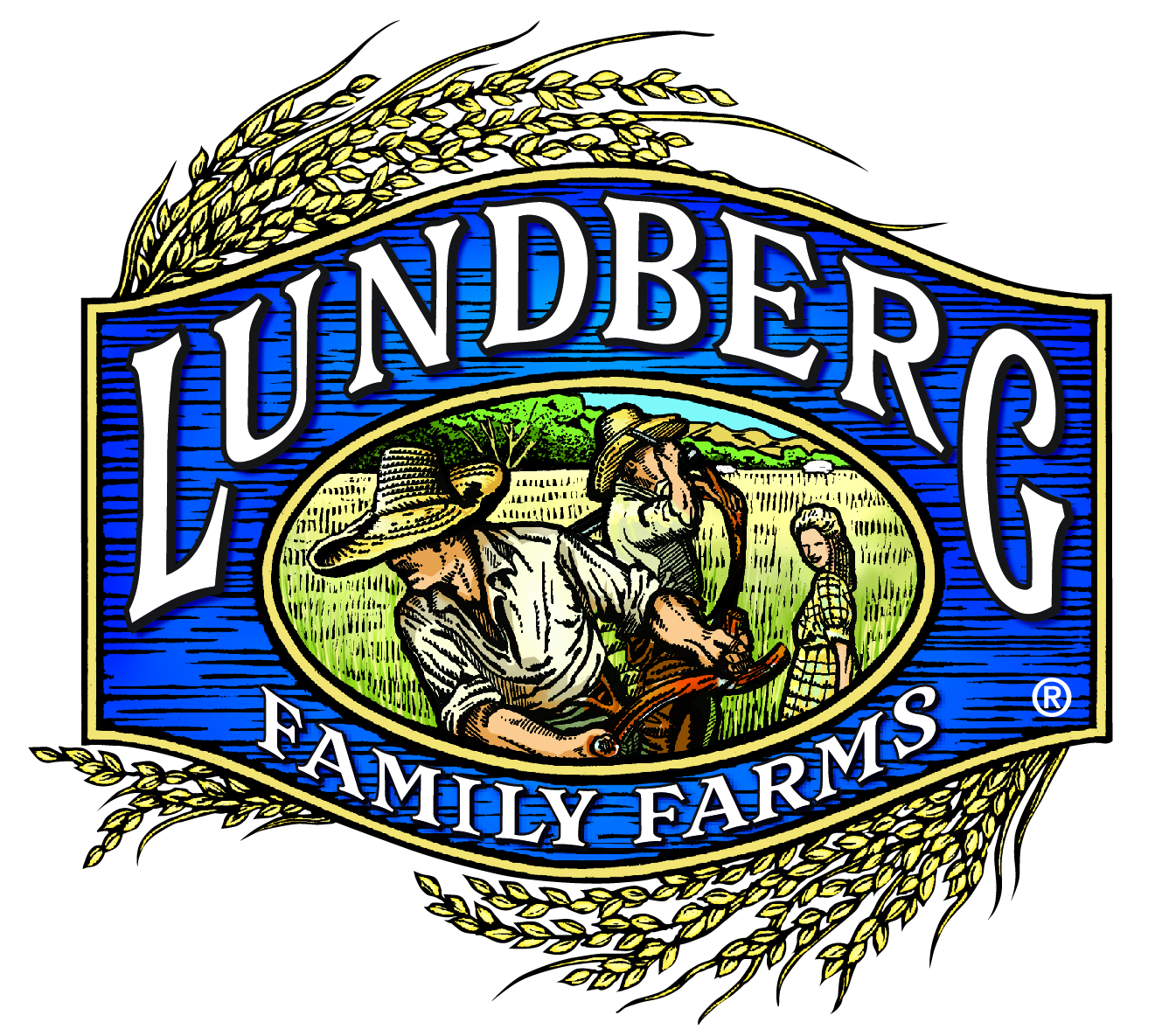
Since the company was first founded by Nebraska natives Albert & Frances Lundberg in 1937, Lundberg Family Farms has remained a family-owned and operated company committed to producing the finest quality rice and rice products for your family, while respecting and sustaining the earth. Today, over 80 years later, the third and fourth generations carry on the family heritage by using eco-positive farming methods that produce wholesome, healthful rice and rice products while improving and protecting the environment for generations to come.
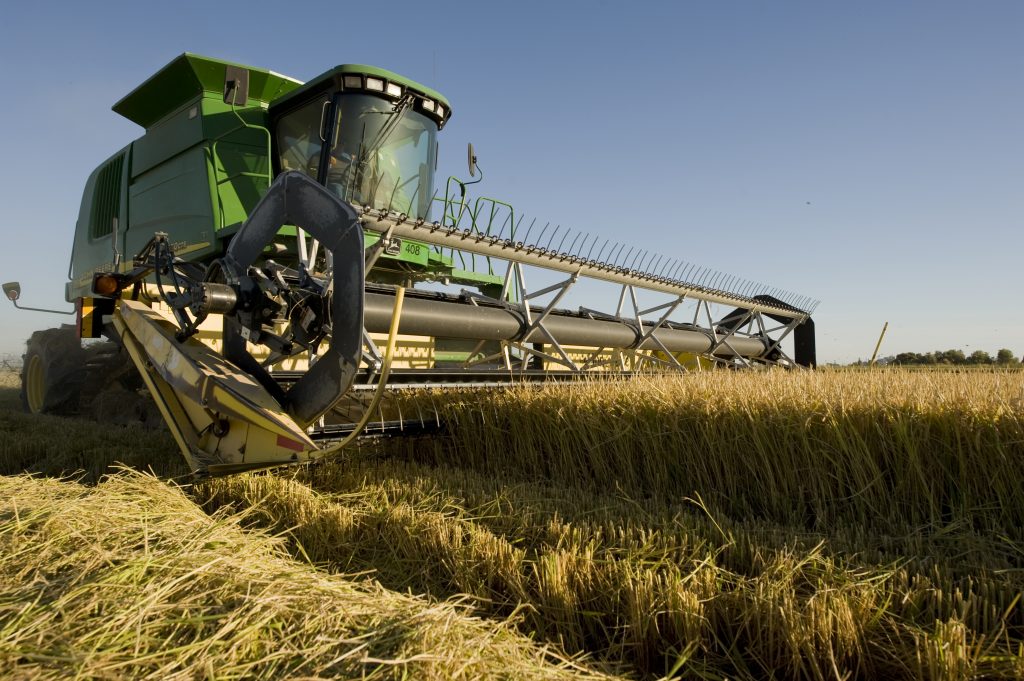
Founder Albert Lundberg, a survivor of the dust bowl, understood the importance of caring for the soil. He recognized that the dust bowl resulted from poor soil management and short-sighted farming techniques. With this in mind, the Lundberg’s made a choice to avoid growing typical conventional rice. Their Certified Organic and Eco-Farmed rice is grown with a concern for the environment. They treat the soil, air, and water as important resources, respecting the delicate balances of nature. They are a proud participant of the Non-GMO Project, and positioned their company as an early leader in organic farming, energy conservation, use of renewable energy, providing safe and fair working conditions, and many other environmentally responsible and socially responsible practices.
As a member of the Sustainable Food Trade Association (SFTA), Lundberg Family Farms signed a pledge committing to reporting the company’s annual performance in 11 action categories: organic & land use, distribution & sourcing, energy, climate change & emissions, water use & quality, solid waste reduction, packaging & marketing materials, labor, animal care, sustainability education, and governance & community engagement. Each year, Lundberg Family Farms audits their performance in these areas and publishes the findings in their annual SFTA Sustainability Report. Click HERE to view the report.
